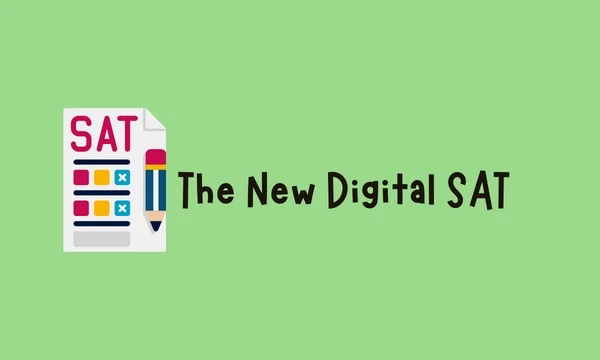The New Digital SAT
The new digital SAT test is here, and it's causing quite a stir in the education world. While the SAT has always been a key component of the college admissions process, the transition to a digital format brings with it a number of changes that students and educators need to be aware of.
One of the most significant changes is the way the test is administered. Instead of taking the SAT on paper, students will now take the test on a computer. This means that students will need to be comfortable using a computer and navigating digital interfaces in order to do well on the test.
Another change is the timing of the test. The digital SAT will be shorter than the paper version, with students having just under three hours to complete the test. This may be a welcome change for some students who found the paper version of the test to be too long, but it could also be a challenge for students who need more time to complete the test.
One potential benefit of the digital SAT is that it will allow for more accurate and efficient scoring. With the paper version of the test, scores could be affected by issues such as unclear handwriting or mistakes made by scorers. The digital version of the test should eliminate these issues, resulting in more accurate scores for students.
While the transition to a digital format brings with it many changes, it's important to remember that the content of the test will remain the same. Students will still be tested on math, reading, and writing skills, and the test will continue to be a key factor in the college admissions process.
Overall, the move to a digital SAT test is a significant change that will require students and educators to adapt. While there may be some challenges along the way, the transition to a digital format has the potential to bring a number of benefits, including more accurate scoring and a shorter test experience.
Resources for Students and Their Families
To start preparing for the March 2023 digital SAT, students and their families can access several resources: | ||||
| ||||
| ||||
| ||||
| ||||
| ||||
|

